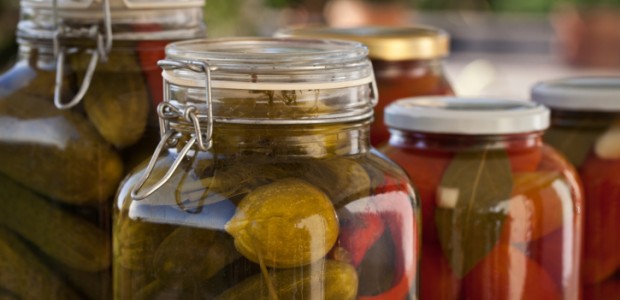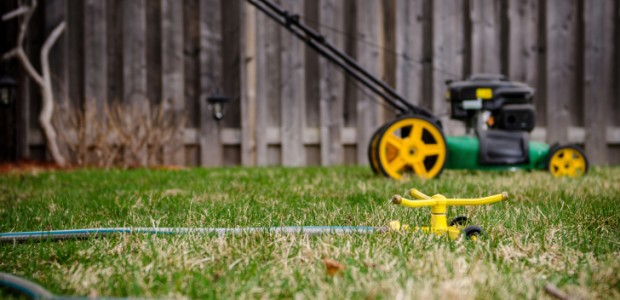When it comes to having a home that you are truly comfortable living in, this will take a lot of effort on your part in terms of decorating it. However, this doesn’t mean that you have to break the bank to keep your home looking it’s best.
Here’s a quick look at four ways to inexpensively decorate and furnish your home.
Stack Shelves To the Ceiling
Even in the smallest of living spaces, you always have the option to maximize your square footage by going up. Think about it. If you take an entire wall in your home and line it with shelves that go all the way up to the ceiling, this can add anywhere from 100 square feet or more of storage space, and best of all, high-quality shelves are very affordable.
Freecycling
There are lots of people who have started taking part in freecycling. If you have a local freecycling organization, you should definitely join. In doing so, you can come across lots of free furniture pieces for your home, and in return, you can donate items you don’t want, which will then be available free of charge to other members in the group. It’s a win-win for everyone.
Maximize Air Space
Just the same as you should stack shelves up to the ceilings, you can also optimize the way you use your air space. From floating book shelves to hanging TVs, both of these ideas will go a long way in helping you decorate and furnish your home in an expensive yet stylish manner.
Old Wine Bottles
If you’re a drinker, then it’s time that you start recycling your wine and alcohol bottles. Some of these bottles make for the prettiest center pieces. A great way to get the sticky labels off the bottles is by letting them soak overnight in a small trash can full of one part ammonia and four parts water. The next morning, simply rinse off the bottles, and the sticky labels should come off very easily.









